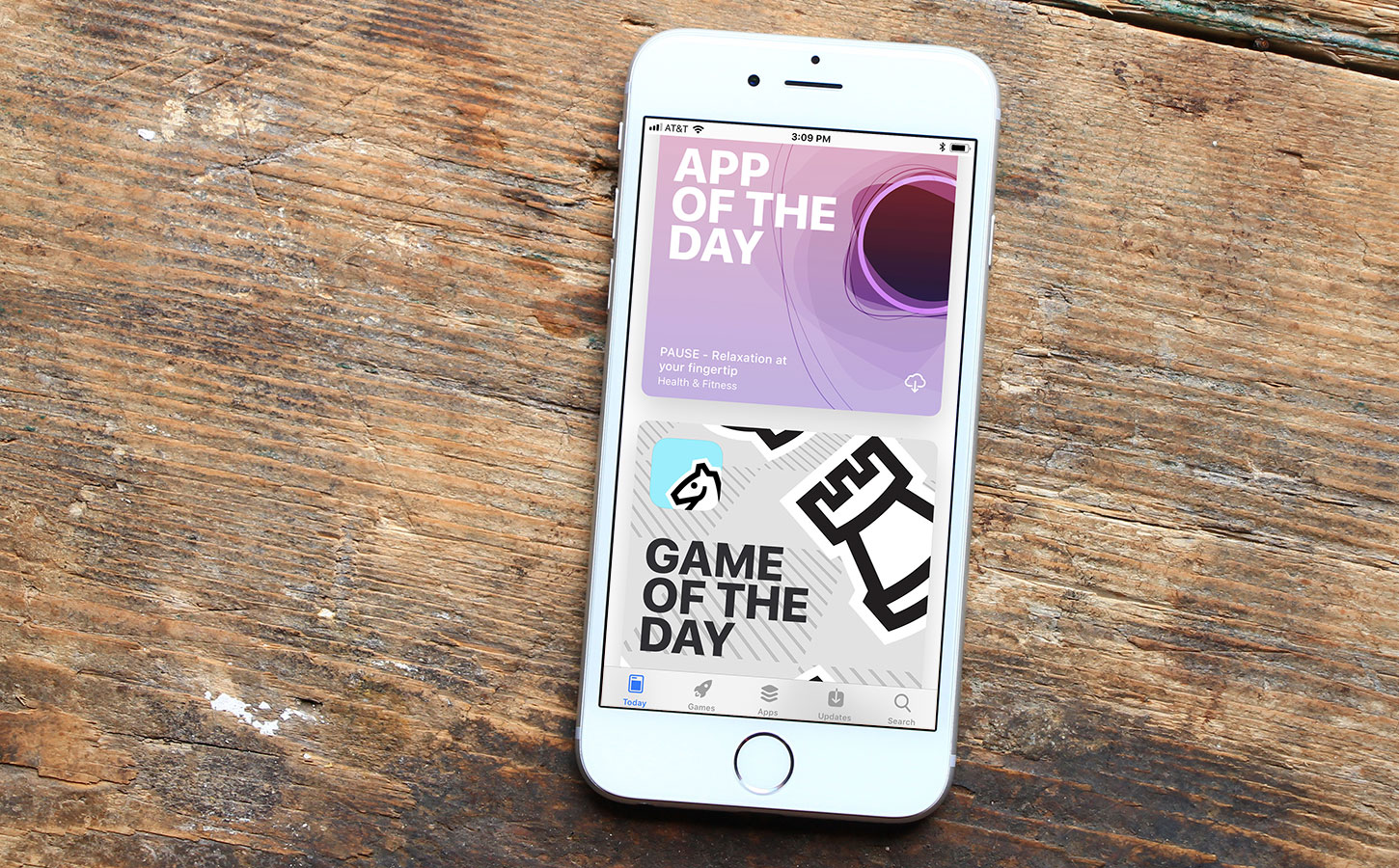I think Apple has made it clear that they want to make it easier for the many iOS developers out there to also write software for the Mac, and they feel that not enough software is being written for the Mac. Their work in this area may also make it easier for a Mac app to go the other way.
Apple has also stated clearly that they have recommitted to its pro Mac users, with the iMac Pro, the new 2019+ Mac Pro, and the rumored Mac Mini Pro sounds interesting as well.
It’s clear to me that developments are occurring that are not ready to be talked about, both with StaffPad and with Dorico. Earlier in this thread, Daniel stated that essentially Steinberg had long-term “plans to produce iOS/mobile software using the technology in Dorico.” That’s not saying they would create a version of Dorico for iOS, which is why I find Daniel’s (along with the head of R&D…) dinner with David William Hearn so full of possibilities. Hearn and his programming parter Matthew Tesch are rewriting the core of StaffPad, and Hearn commented about all of the advances in the tablet world since 2012 that they wanted to take advantage of. Has the Surface really changed much?
This is all a bit of tablet notation software Kremlinology, but it isn’t that hard to imagine Hearn and Staffpad being under some kind of exclusive license with Microsoft for a certain amount of time which might expire soon. I’d like Daniel to toss those of us waiting for Dorico on iOS a bone, but I think he’s done what he can.
Ultimately though Steve, I completely agree that the use case scenario for Dorico on iOS is so appealing that it has to happen sooner or later. Even if we don’t hear much back, we need to keep pointing out to Daniel and the team that we are here, eager and willing to pay.
